SciArena uses votes by researchers to evaluate large language models’ responses on technical topics.



A blood-test analysis developed at Stanford Medicine can determine the “biological ages” of 11 separate organ systems in individuals’ bodies and predict the health consequences.
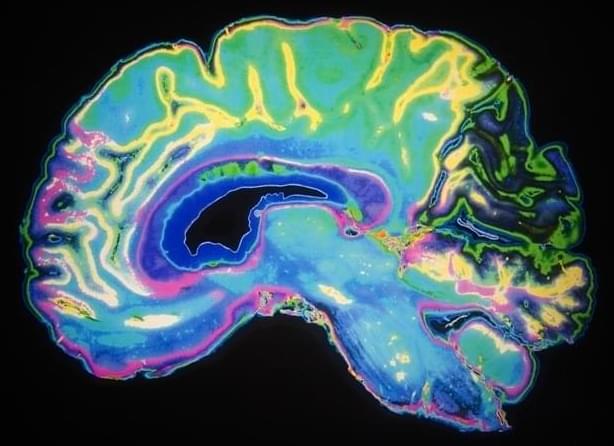
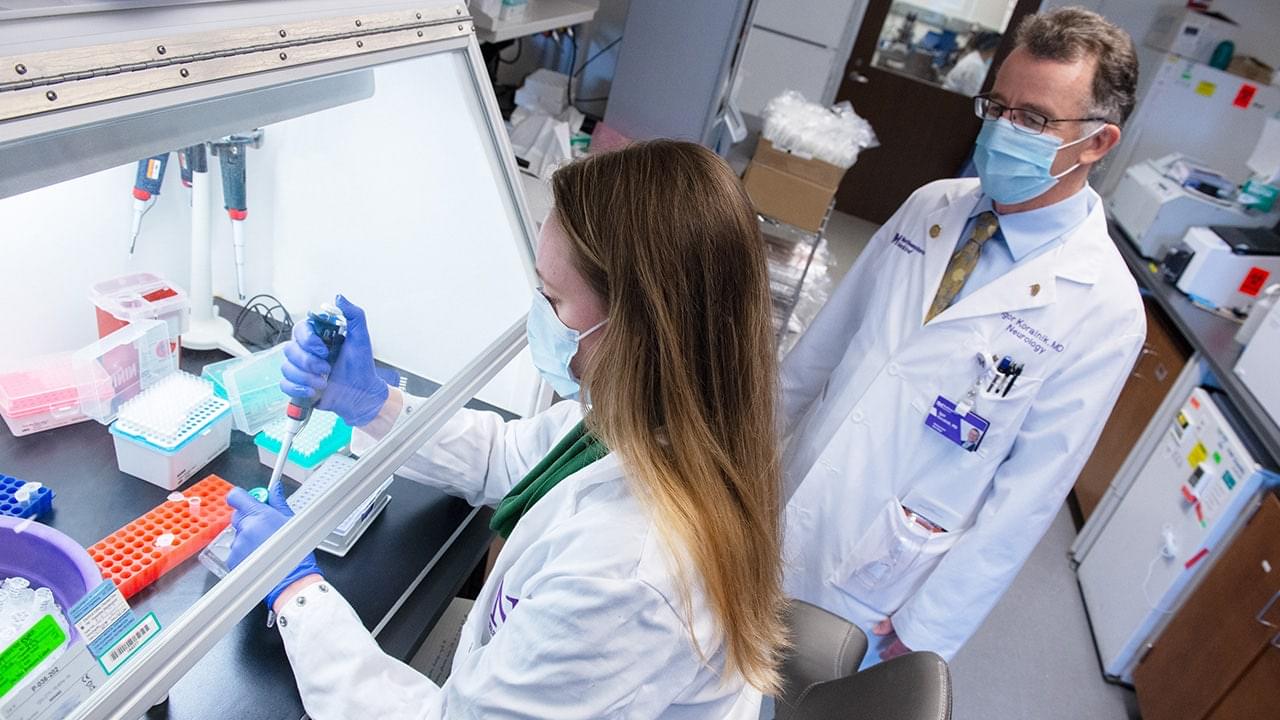
Researchers in Chicago believe they’ve found a virus that could be a trigger for Parkinson’s disease.
Parkinson’s impacts millions of people in the United States, according to Northwestern Medicine, and while some cases are linked to genetics, most cases are not.
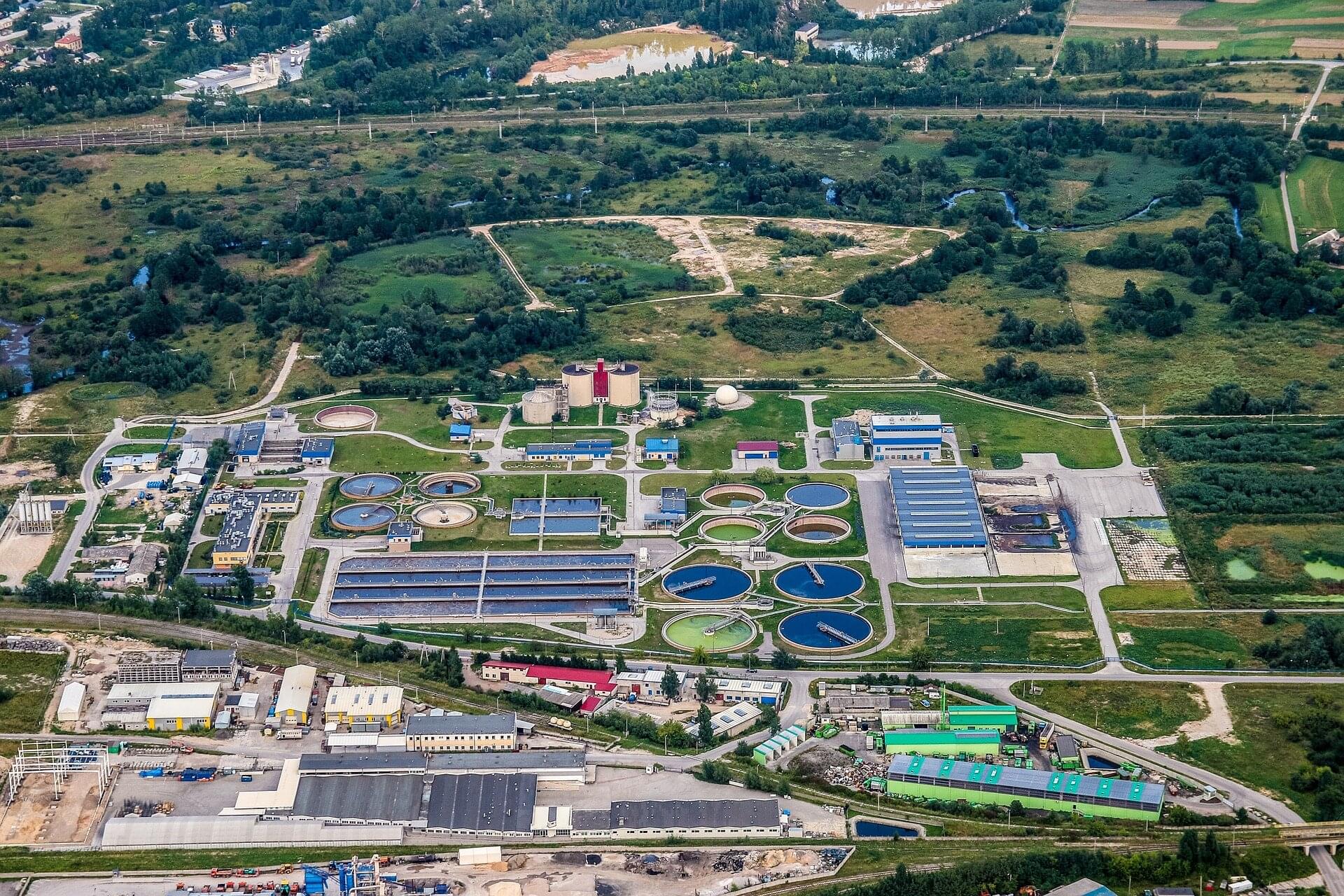
When people take antibiotics, some of the dose is excreted with urine and feces and ends up in our wastewater. The presence of this low dose of antibiotic creates an opportunity for resistant bacteria to evolve.
Scientists studying antibiotic-resistant bacteria in wastewater at a treatment plant discovered multi-drug-resistant strains of bacterial species which are usually not dangerous to healthy people, but which could transmit genes for antibiotic resistance to much more dangerous bacteria like E. coli.
The scientists then challenged the bacteria with natural compounds which could potentially be included in wastewater treatment to kill off bacteria and fight antibiotic resistance. The most effective were curcumin, which comes from turmeric, and emodin, from rhubarb.
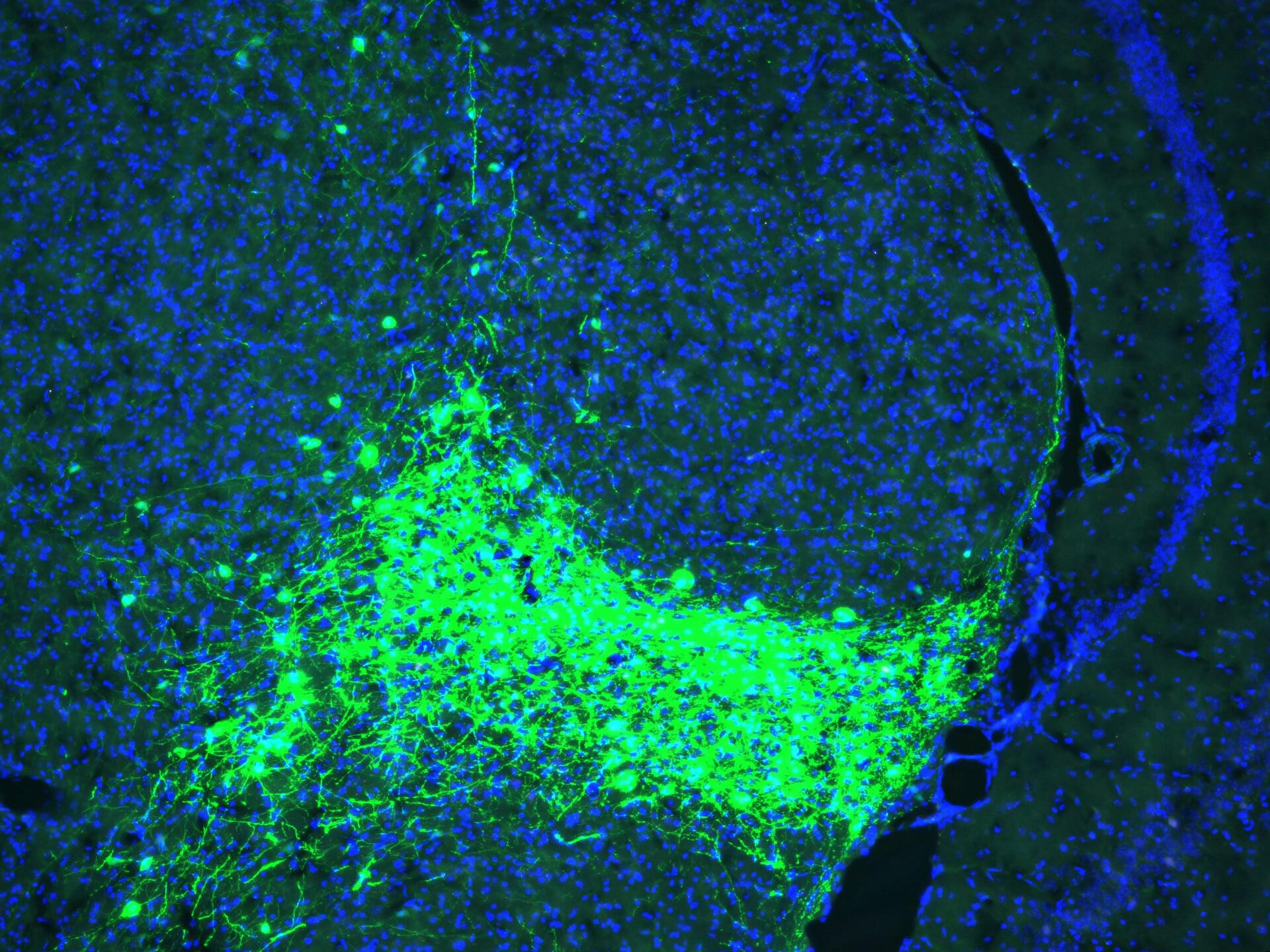
Pain isn’t just a physical sensation—it also carries emotional weight. That distress, anguish, and anxiety can turn a fleeting injury into long-term suffering.
Researchers at the Salk Institute have now identified a brain circuit that gives physical pain its emotional tone, revealing a new potential target for treating chronic and affective pain conditions such as fibromyalgia, migraine, and post-traumatic stress disorder (PTSD).
Published in Proceedings of the National Academy of Sciences, the study identifies a group of neurons in a central brain area called the thalamus that appears to mediate the emotional (affective) side of pain in mice. This new pathway challenges the textbook understanding of how pain is processed in the brain and body.
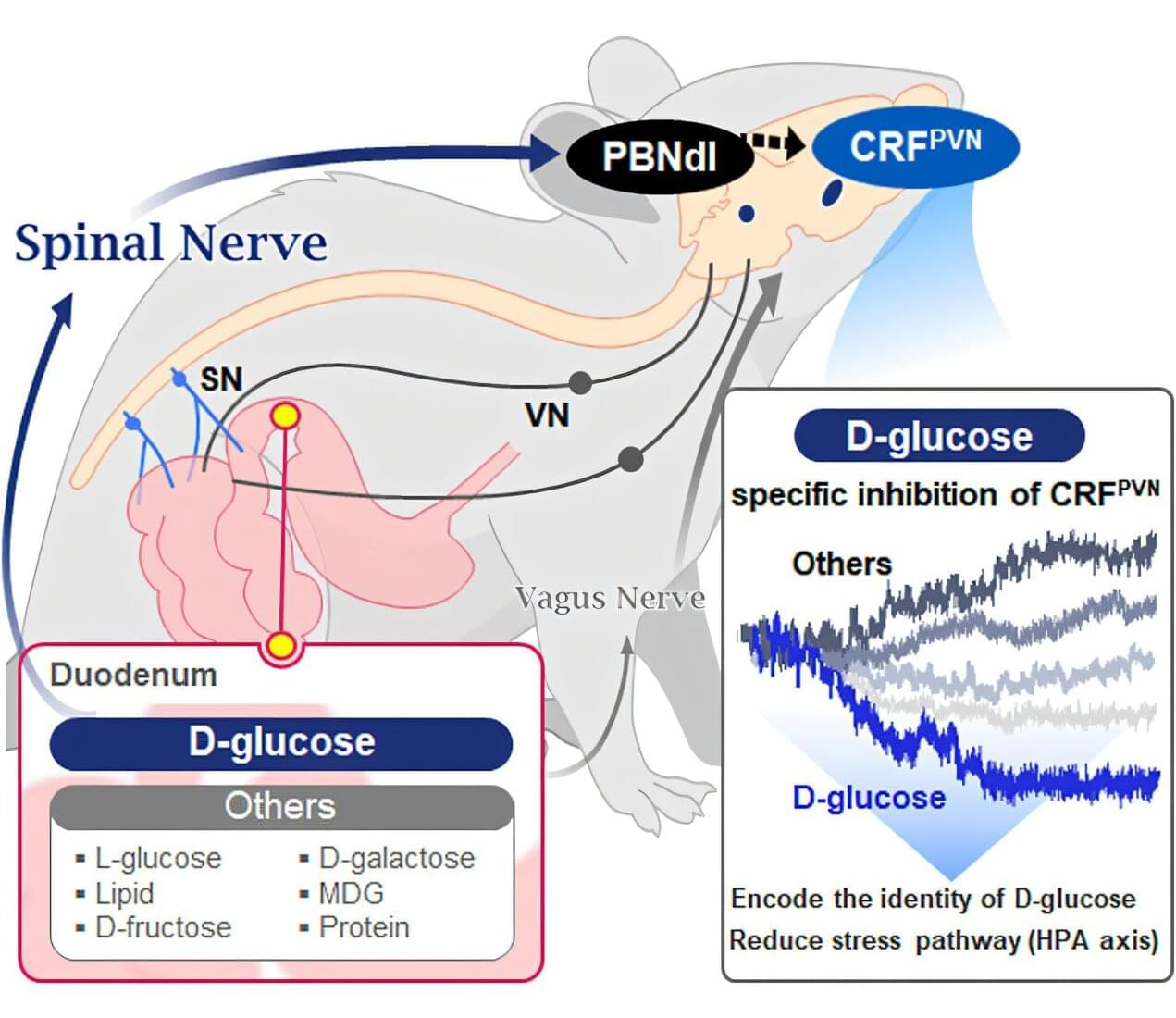
Starting with the question “How does our brain distinguish glucose from the many nutrients absorbed in the gut?” a KAIST research team has demonstrated that the brain can selectively recognize specific nutrients—particularly glucose—beyond simply detecting total calorie content. Their study, published in Neuron, is expected to offer a new paradigm for appetite control and the treatment of metabolic diseases.
Professor Greg S.B. Suh’s team in the Department of Biological Sciences, in collaboration with Professor Young-Gyun Park’s team (BarNeuro), Professor Seung-Hee Lee’s team (Department of Biological Sciences), and the Albert Einstein College of Medicine in New York, have identified the existence of a gut– brain circuit that allows animals in a hungry state to selectively detect and prefer glucose in the gut.
Organisms derive energy from various nutrients, including sugars, proteins, and fats. Previous studies have shown that total caloric information in the gut suppresses hunger neurons in the hypothalamus to regulate appetite. However, the existence of a gut–brain circuit that specifically responds to glucose and corresponding brain cells had not been demonstrated until now.
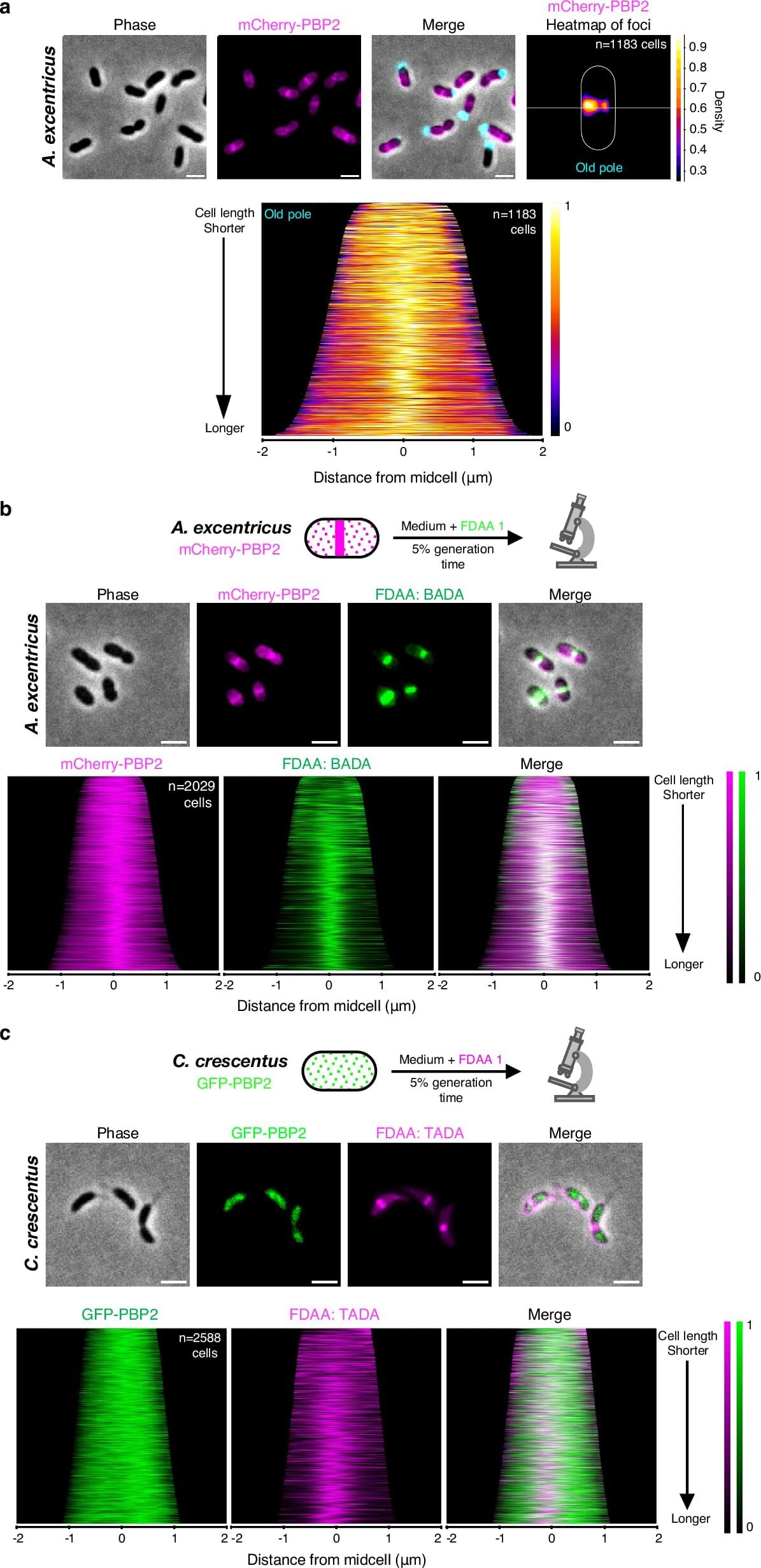
With colleagues from his department as well as the Institut national de la recherche scientifique and Indiana University, Brun’s research team used advanced microscopy techniques and fluorescent probes to track bacterial growth.
The results reveal an unexpected diversity in wall elongation patterns, centered on peptidoglycan synthesis—an important target of several classes of antibiotics, including penicillin.
“What was thought to be a relatively uniform process actually appears to be much more variable, even between very closely related species,” said Brun, the study’s senior author. “This variability may represent new points of fragility that could be exploited to develop new antibiotics.”
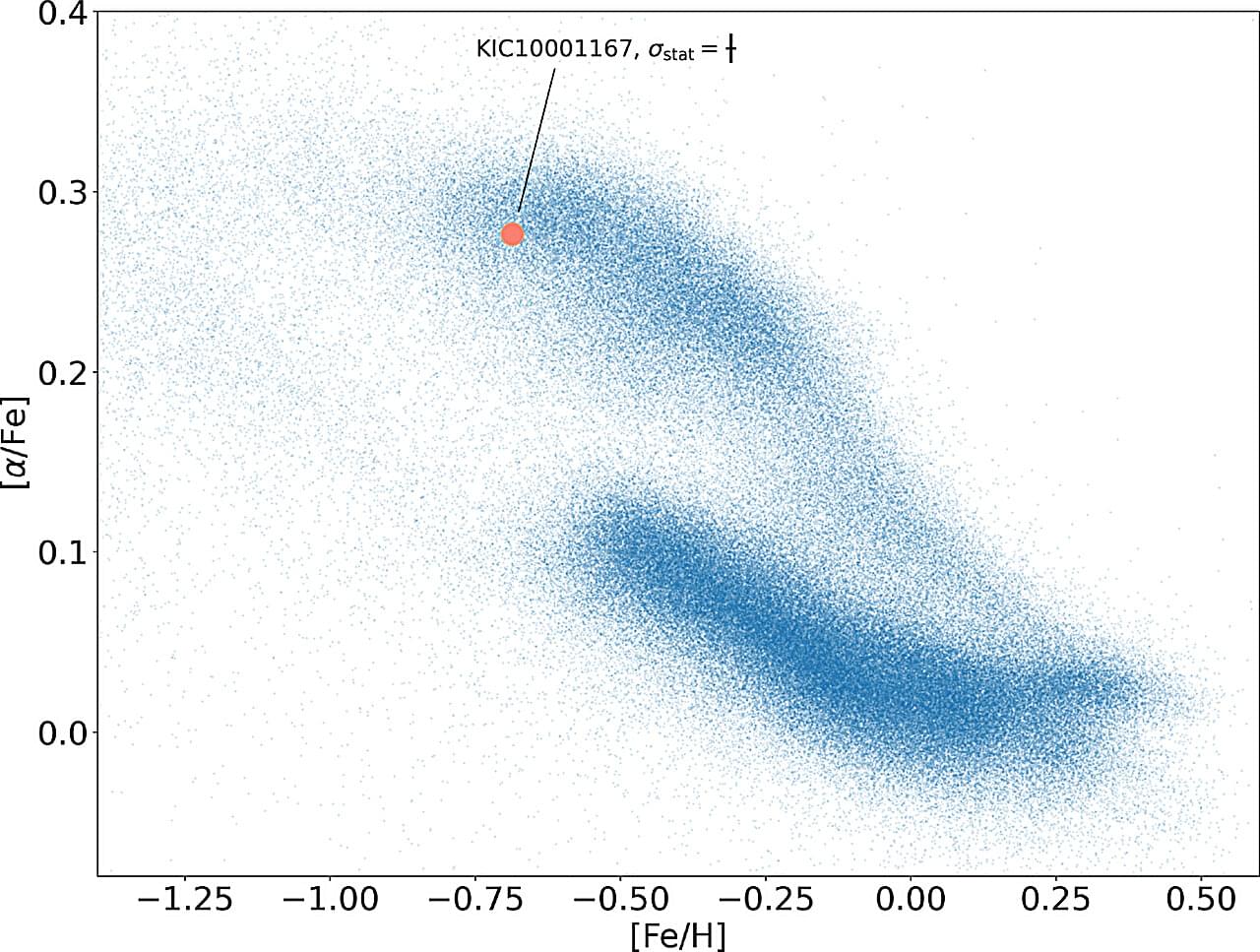
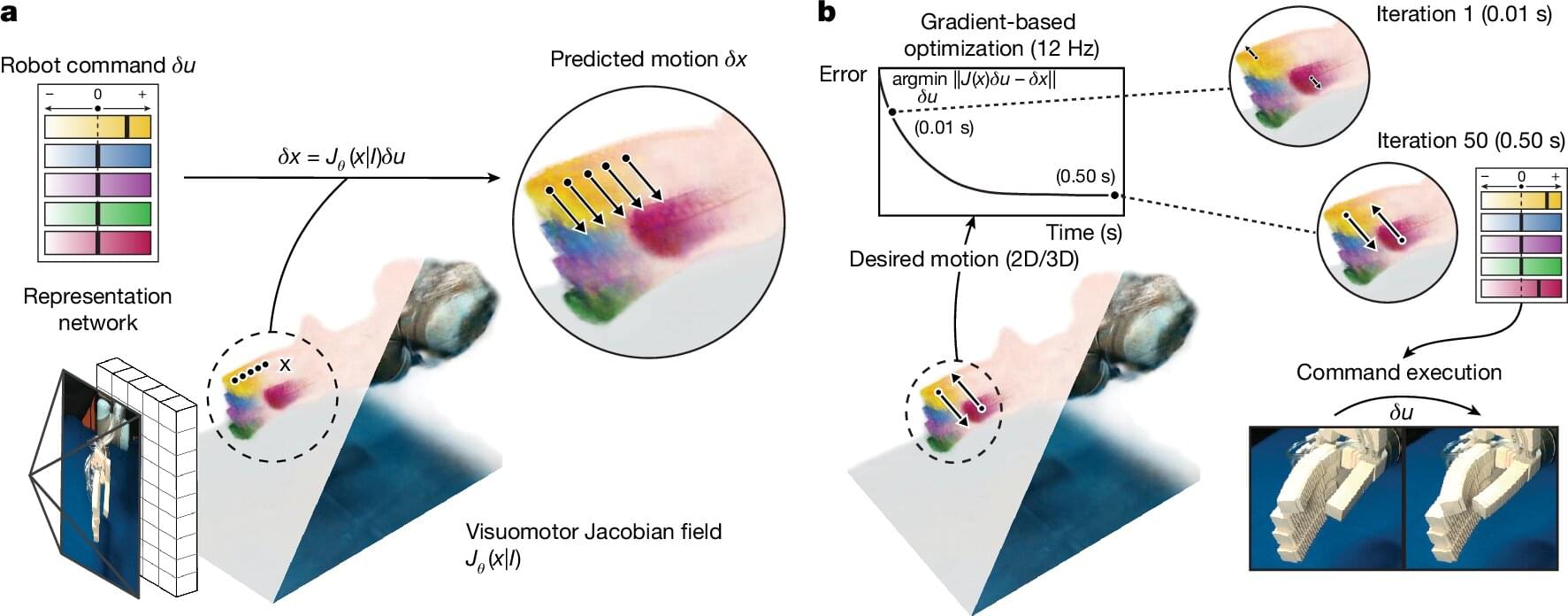
Conventional robots, like those used in industry and hazardous environments, are easy to model and control, but are too rigid to operate in confined spaces and uneven terrain. Soft, bio-inspired robots are far better at adapting to their environments and maneuvering in otherwise inaccessible places.